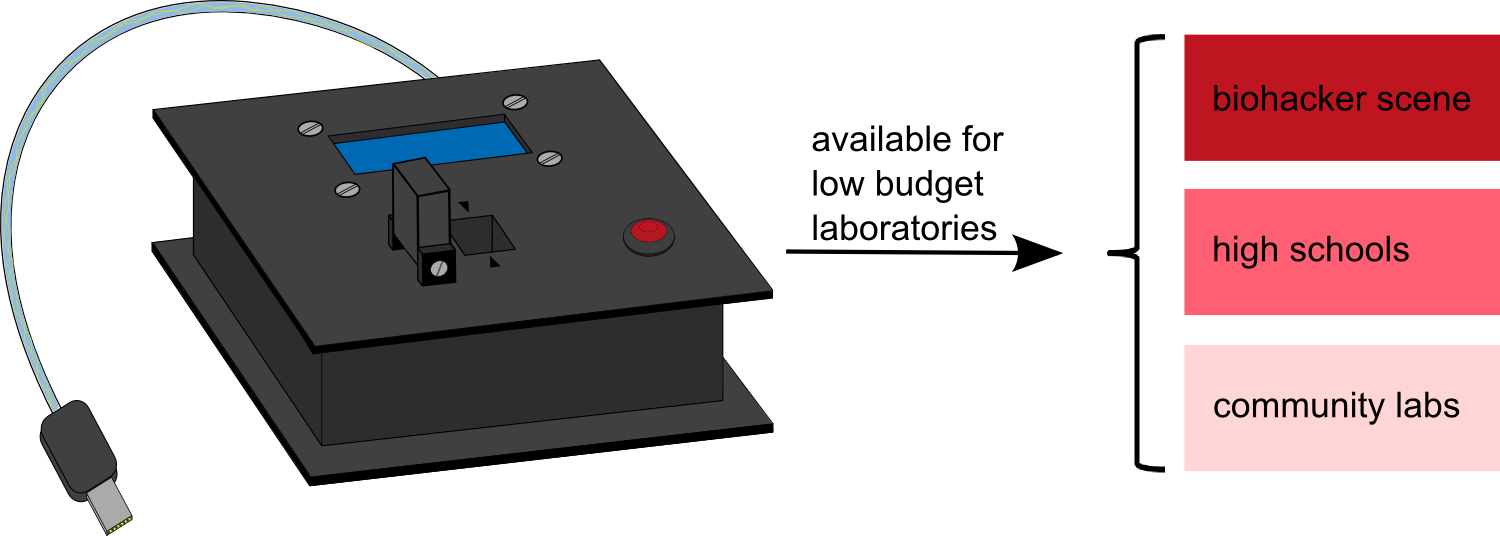Economical Standpoint
Make the world a better place: Open access to scientific improvement
In the middle of every economic consideration are standing the customers and their needs and desires. Every commercial company is interested to satisfy and deal with all customer needs for better sales figures and to maintain regular clientele, both for higher financial profits. On the global seller’s market including technical laboratory equipment permanent competitor between the providers are existing. First off all depending on the technical improvement followed by price wars. Always high price/performance ratios are catching customer and influence the buying decision.
Take a look at cost calculations for technical equipment including development, production, transport, warehousing and sale. What you find as a rule are low material costs but really high personnel, transport and warehousing costs. In general these factors are making technical equipment for labs really expensive.
We follow the strategy to circumvent needless costs for enthusiasm customers by realizing a social vision. Appropriating the open hardware plan information where to get necessary components, their number of pieces, a step by step technical building plan and circuit diagram could be get online just for free. So our profit don’t have a financial nature but based on recognition and motivating other teams or companies to put the open hardware idea in their heads.
In general we focused open hardware and affiliated with this open software vison. Everyone interested in biological work should be able to use basic equipment like photometers. Commercial obtainable spectrophotometers like [http://www.opticsplanet.com/unico-model-s-1205-spectrophotometer-5-nm-bandpass.html UNICO S-1205] costs 1.249 $ or more and are just able measure optical density. Our presented device could measure optical density and fluorescent for less than 100 $. So we present a solution for low budgets like in schools, universities, community labs or 3rd world countries.
Besides we are presenting WatsOn for detecting P. aeruginosa. WatsOn also underlies the open hardware vision. In times no comparable devices could be found on commercial market. Here we definitely have a vanguard role. Everybody with a little manual dexterity could follow the given instructions and create his WatsOn for less than 300 $. Please still remind always safety aspects by dealing with GMOs and human pathogens.
|
 "
"
